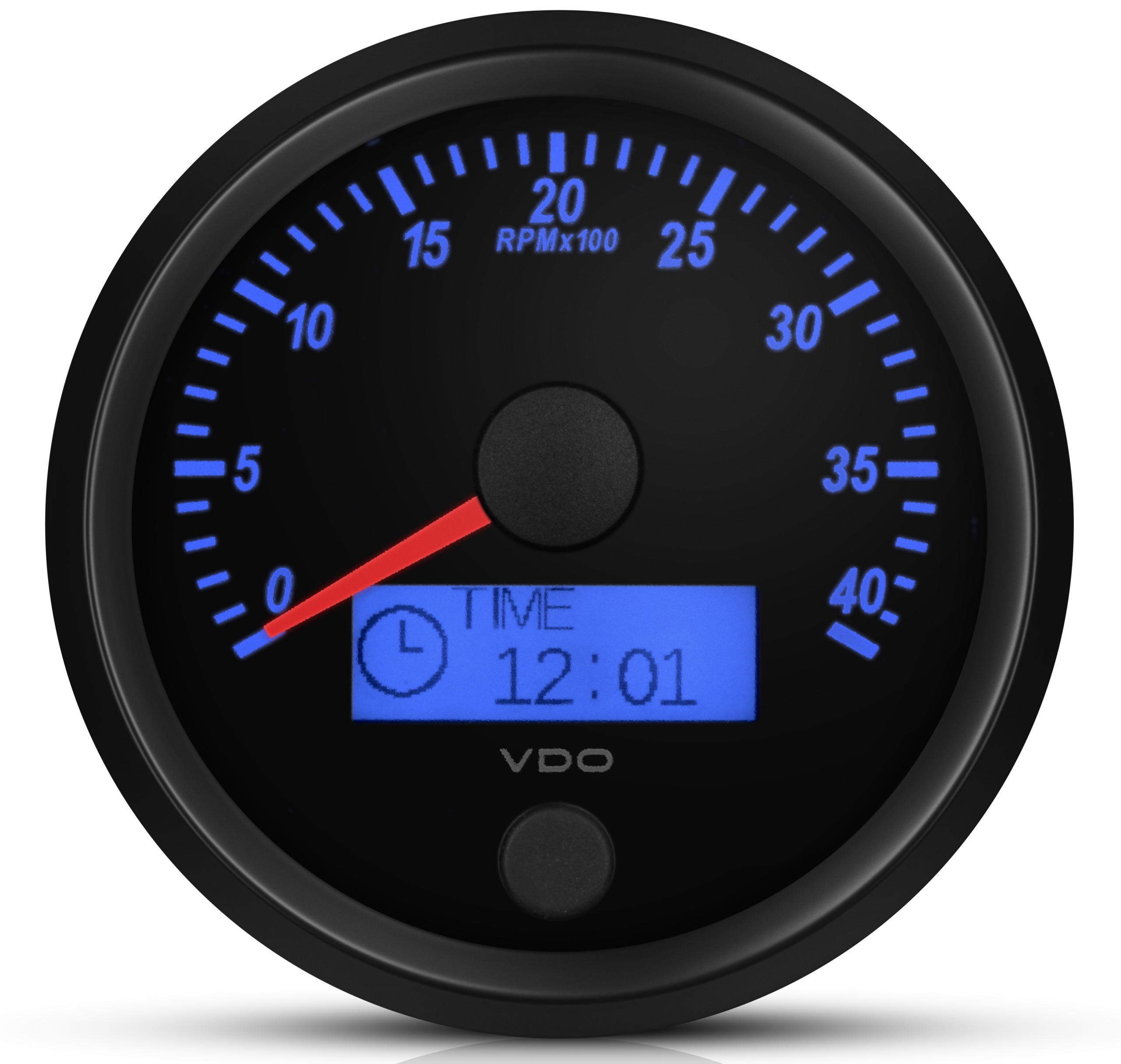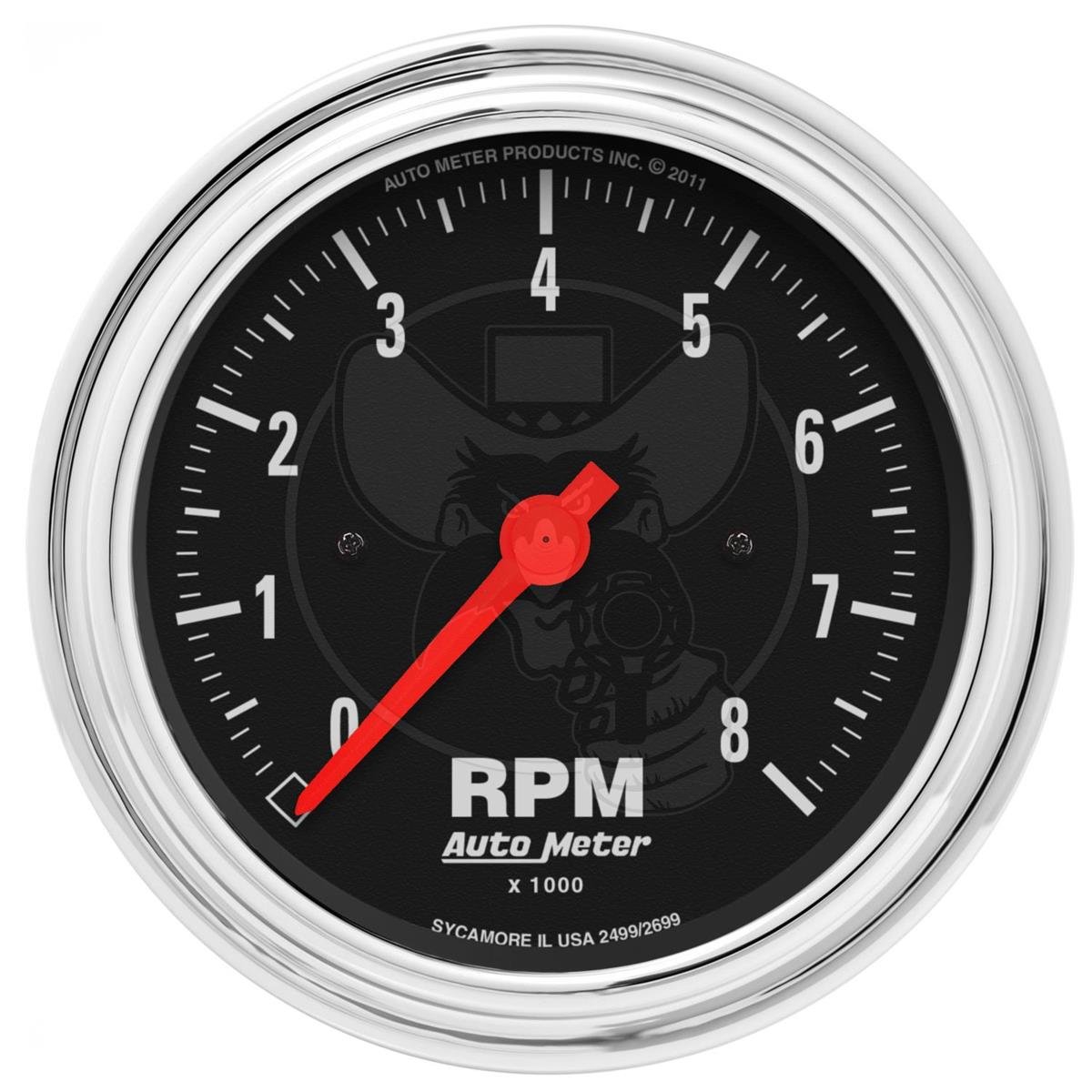The Value of a Tachometer in Monitoring Engine Rate and Performance in Automotive Applications
In the world of auto design, the tachometer stands as a critical tool in the motorist's toolbox, supplying a direct home window right into the inner workings of a car's engine. Beyond its feature as a simple gauge of changes per minute (RPM), the tachometer works as a crucial tool for enthusiasts and experts alike, providing real-time understandings into engine performance and wellness. Recognizing the importance of this gadget goes beyond surface-level monitorings, diving into the elaborate partnership in between engine speed, power outcome, and overall driving experience. As we check out the complex duty of the tachometer in automobile applications, a much deeper gratitude for its influence on lorry characteristics and efficiency begins to emerge.
Significance of Keeping An Eye On Engine RPM
Monitoring engine RPM, or revolutions per minute, is a critical aspect of automotive upkeep and efficiency analysis. Engine RPM directly correlates with the speed at which the engine's crankshaft revolves, showing just how swiftly the engine is running - tachometer. By keeping an eye on RPM, auto mechanics can analyze the wellness of the engine, find prospective issues, and fine-tune performance. An abnormal RPM analysis may indicate problems such as engine misfires, faulty ignition system, or problems with the fuel delivery system. Continually high RPM analyses can suggest aggressive driving behaviors or the requirement for a higher equipment shift to improve gas effectiveness.
Furthermore, keeping track of engine RPM is essential for efficiency evaluation in auto racing and high-performance cars. Keeping ideal RPM levels is important for attaining peak power result and acceleration. Racers commonly use tachometers to guarantee they are operating within the perfect RPM range for maximum efficiency. In recap, checking engine RPM is not only vital for identifying concerns but additionally for optimizing engine efficiency in numerous automobile applications.

Advantages of Real-Time Information
In vehicle applications, real-time data plays a vital duty in providing immediate understandings right into the efficiency and problem of the lorry. By continuously keeping track of different specifications such as engine speed, temperature, fuel consumption, and more, real-time data offers numerous benefits that contribute to improved effectiveness and security when driving.
One considerable advantage of real-time data is its ability to alert drivers and professionals to any kind of abnormalities or problems quickly. This positive method allows quick identification of prospective problems, enabling prompt treatments to stop additional damage or breakdowns. In addition, real-time information promotes performance optimization by offering immediate responses on driving routines and engine efficiency. Vehicle drivers can readjust their behavior in real-time based upon this info to achieve far better gas economic climate and extend the lifespan of their lorry.

Furthermore, real-time information plays a crucial role in contemporary auto diagnostics, allowing professionals to rapidly detect and address malfunctions. This brings about decreased downtime, reduced upkeep costs, and eventually, boosted see here now total automobile integrity and longevity (tachometer). By harnessing the power of real-time data, vehicle stakeholders can make informed choices that positively affect both the efficiency and longevity of the car
Effect On Equipment Shifts
Efficient gear changes in vehicle applications dramatically influence overall efficiency and driving experience. The tachometer plays a vital role in optimizing equipment changes by providing real-time engine speed data to the chauffeur. When coming close to the redline on the tachometer, it signals the motorist to upshift to protect against over-revving the engine and creating potential damages. On the various other hand, downshifting at the right moment can aid maintain the engine in its power band, guaranteeing responsive their explanation acceleration when needed.
In addition, the tachometer help in attaining smoother equipment shifts, especially in hand-operated transmissions. By keeping track of engine rate, motorists can perform gear shifts at the optimum RPM array, lowering snagging activities and decreasing endure the transmission parts. This precision in gear adjustments not just boosts driving comfort but also contributes to fuel performance.
Enhancing Fuel Efficiency
Provided the crucial function the tachometer plays in optimizing gear changes for performance and engine wellness, it straight adds to maximizing gas performance in auto applications. By offering real-time feedback on engine speed, the tachometer assists vehicle drivers in preserving one of the most efficient RPM range for fuel economic climate. When motorists consistently keep track of the tachometer and change their driving practices accordingly, they can avoid unneeded gas usage brought on by over-revving or lugging the engine.
In addition, the tachometer aids chauffeurs determine the most fuel-efficient gear to be in at any kind of given moment, avoiding the engine from working more challenging than required. In verdict, the tachometer serves as a beneficial tool in enhancing fuel effectiveness by promoting optimum driving habits and determining areas for improvement in the lorry's performance.

Making The Most Of Engine Durability
The tachometer's duty in browse this site checking engine speed and efficiency is critical in making certain the longevity of automobile engines. Checking the tachometer enables motorists to remain within the advised RPM variety for their car, stopping unnecessary pressure on the engine and prolonging its life-span.

Final Thought
Finally, the tachometer plays a crucial duty in keeping track of engine rate and performance in auto applications. By offering real-time information on RPM, it enables effective gear shifts, boosted fuel performance, and optimized engine longevity. This device is essential for preserving ideal engine efficiency and ensuring the general capability of a car.